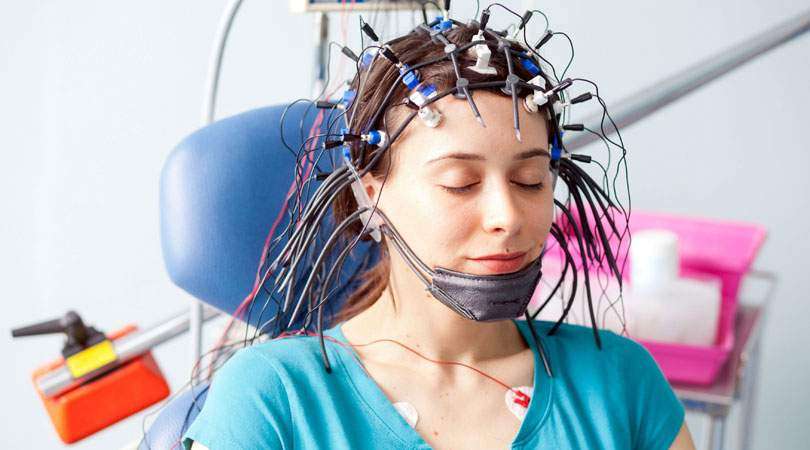
The human brain is one of the most complex and fascinating organs in the body. Understanding how it works and how it responds to different stimuli is crucial for diagnosing and treating a wide range of neurological disorders. One of the most powerful tools for studying the brain is the electroencephalogram, or EEG. In this blog, we will explore what an EEG is and how it is used in medical settings.
What is electroencephalogram
An electroencephalogram is a non-invasive test that measures the electrical activity of the brain using small, flat metal discs called electrodes. These electrodes are placed on the scalp and are connected to an EEG machine, which amplifies and records the electrical signals produced by the brain.
During an EEG, the patient is typically asked to relax and remain still with their eyes closed. The EEG machine then records the electrical activity of the brain over a period of time, usually several minutes to an hour. The resulting data is then analyzed by a neurologist or other medical professional to identify any abnormal patterns or indications of neurological disorders. Find useful information at BrainAccess.ai.
Uses of EEGs
EEGs are commonly used in the diagnosis and treatment of a wide range of neurological conditions. It includes epilepsy, sleep disorders, and brain tumors. EEGs can also be used to monitor the brain activity of patients during surgeries or other medical procedures that require anesthesia.
One of the key advantages of EEGs is that they are non-invasive. They do not involve any radiation or other harmful effects. They are also relatively inexpensive and can be performed in a variety of settings, including hospitals, clinics, and research laboratories.
Limitations
However, there are some limitations to EEGs. For example, they are not always able to provide a detailed picture of the brain’s activity. They can sometimes miss subtle abnormalities. In addition, interpreting the results of an EEG requires specialized training and expertise. Also, find further info here.
In conclusion, electroencephalograms are a powerful tool for studying the electrical activity of the brain and diagnosing neurological disorders. They are non-invasive, relatively inexpensive, and can be performed in a variety of settings. While there are some limitations to EEGs, they remain a valuable tool for researchers and medical professionals alike.